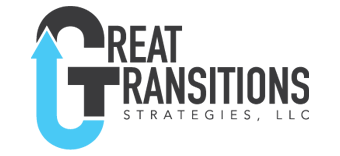“She was such a great sales person; I cannot believe how poorly she performed as the sales team leader.”
“Bob was super leading the engineering department at our site. However, after we moved him to site manager, he was a total disaster. He never adapted to handling areas out of his expertise.”
Ever witness situations similar to the above? They were probably the result of a poor leadership development and selection process. These leaders were not trained or selected for their leadership capabilities required at the next level.
How deliberate is your organization about developing leaders?
What would be the impact if the leadership levels and selection requirements are well defined?
Jack Welch as the CEO of General Electric (GE) famously created an executive leadership development program that survives today. GE was known for having excellent leaders and became a source of leaders for other companies.
Here are some considerations to build a leadership development program for your organization. It ensures each level is well defined and individuals are on a development track. Creating a bench of potential leaders ready to move into the next position. The challenge has existed for years as documented in the 2001 article Building Leaders at Every Level: A Leadership Pipeline.
Let’s start by identifying the 6 levels of transitions identified by the authors. Of course, the number of levels is dependent on the size and complexity of the organization. Compare the transitions to your organization, name them, and identify the transition.
- Line worker to Team leader: transitions from working on the line to leading a team of line workers. Often promoted because of their capability as a line worker.
- Team Leader to Leader of Team Leaders: Transitions from leading a team of line workers to leading the team leaders. Success is now defined by the success of the teams.
- Leader of Team Leaders to Functional Leader: Moves from leading several team leaders to leading a function of the organization such as software, human resources, marketing, or sales.
- Functional Leader to Business Leader: Leads multiple functions. Typically, this is the level of a business owner. Owners are at the top overseeing all the functions of a business.
- Business Leader to Region or Area Leader: Leading multiple businesses in sector or geographic area. This is the realm of high-level leaders in large global organizations.
- Area Leader to Enterprise leader: Think large organizational CEO’s
Congratulations. If you took the time to identify how your organization fits this model you are on your way to creating a development plan. This is the first step to ensure leaders will be prepared for the next level. As you look at these transitions consider the following questions:
- What does success look like at each level?
- What competencies and capabilities are required to succeed at each level?
- How are we developing those competencies and capabilities?
- How does selection processes evaluate the competencies and capabilities for the next level?
Next, we will look at each level and consider the growth required to transition to the next level and the challenges often encountered.






